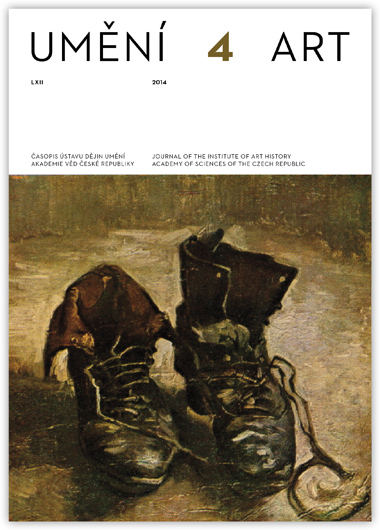Mateusz Grzęda
From ymago to imago contrefacta: Depiction of Reality in Central Europe in the Late Middle Ages
Around the year 1500, in German-speaking lands the word conterfait began to be used to describe a portrait, a likeness, or an imitation. Equivalents of this expression soon emerged in other languages. New techniques of reproduction began to disseminate rapidly during the print revolution and introduced the notion of conterfait to characterise a credible likeness, i.e. an image representing the actual appearance of a person or a thing. The appearance of this word in the vocabulary of terms used to describe an image’s relation to reality marks an important paradigm shift: it indicates the moment when the art of portraiture commonly began to be viewed as the skill of producing a corporeal likeness. Yet the question remains: how was the issue of mimesis understood before the print revolution? What role did reality reflected in an image play before the word conterfait came to be used? In an attempt to answer these questions, this article devotes special attention to one text, Regulae Veteris et Novi Testamenti, written around 1390 by Czech priest and ecclesiastic reformer Matthias of Janov. Matthias, revealing the negative view he took of images, highlighted their material character and emphasised the circumstances of their production, in which a decisive role was played by taste (beneplacito) and the imagination (fantasia) of the painter. He also stressed the role of memory as an important instrument of artistic production and thus identified mimesis in contemporary images. According to Matthias, the artist created works on the bass of his own fantasmata, the images of things that he himself saw and heard. These become impressed in the treasury of the artist’s memory and he can draw on them according to his own will and wishes. Portraiture in his day was therefore to be understood in terms of memorisation and a reworking of elements of reality by the artist, rather than as a simple reflection of a sitter’s external appearance.
Full-text in the Digital Library of the Czech Academy of Sciences:
https://kramerius.lib.cas.cz/uuid/uuid:96a72540-215e-4ac5-904d-cfb0c75d7654
< back

